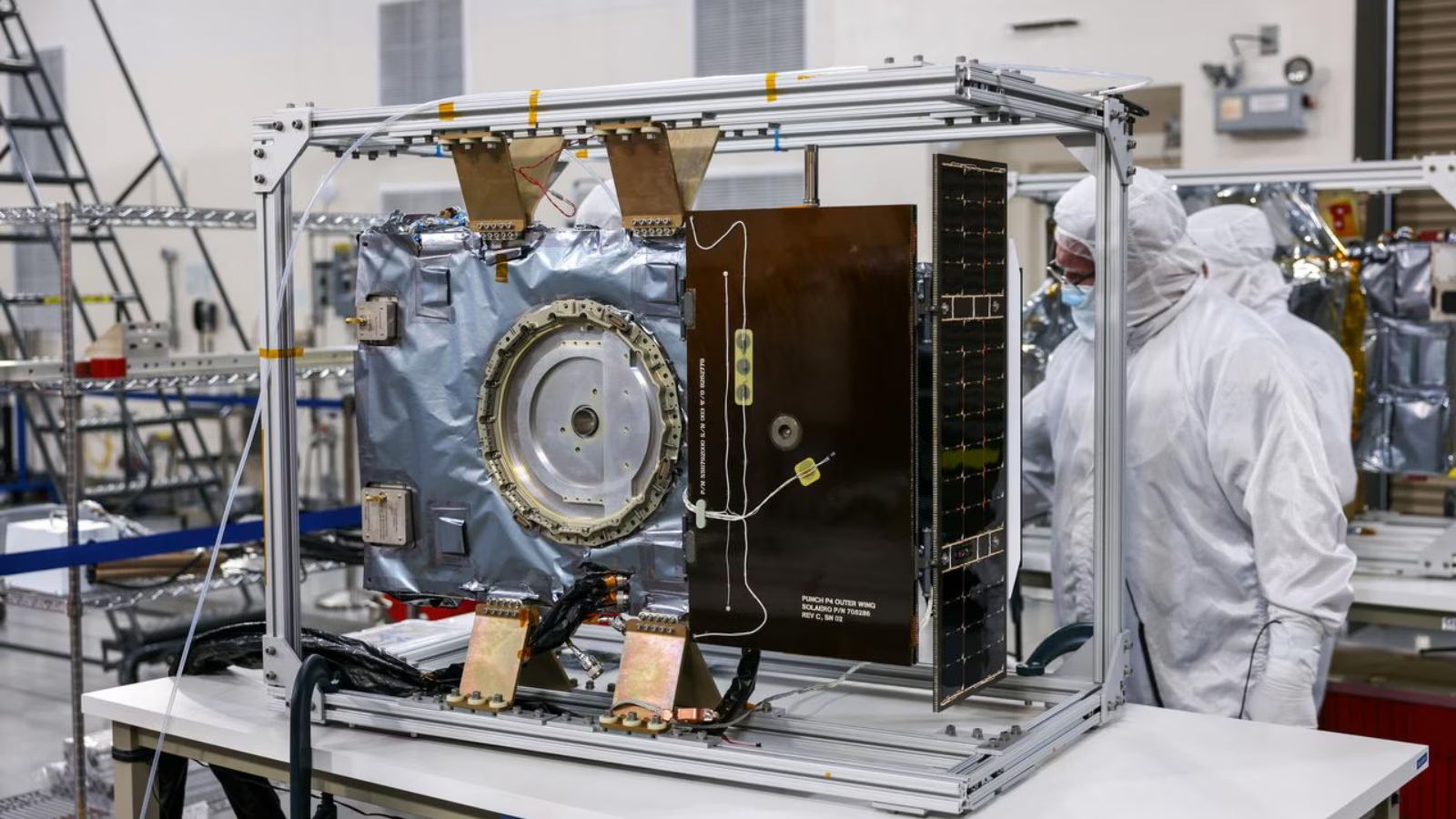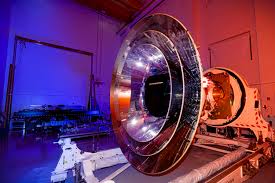- Courses
- GS Full Course 1 Year
- GS Full Course 2 Year
- GS Full Course 3 Year
- GS Full Course Till Selection
- CSAT
- 5 LAYERED ARJUNA Mentorship
- Public Administration Optional
- Online Program
- GS Recorded Course
- NCERT Batch
- Polity Module Course
- Geography Module Course
- Economy Module Course
- AMAC Module Course
- Modern India, Post Independence & World History Module Course
- Environment Module Course
- Governance Module Course
- Science & Tech. Module Course
- International Relations and Internal Security Module Course
- Disaster Management Module Course
- Ethics Module Course
- Essay Module Course
- Current Affairs Module Course
- ABOUT US
- OUR TOPPERS
- TEST SERIES
- FREE STUDY MATERIAL
- VIDEOS
- CONTACT US
Royalty Rates for Three Critical and Strategic Minerals
Royalty Rates for Three Critical and Strategic Minerals

Context
The Union Cabinet approved the amendment of the Second Schedule of the Mines and Minerals (Development and Regulation) Act, 1957 (‘MMDR Act’) for specifying the rate of royalty in respect of 3 critical and strategic minerals, namely, Lithium, Niobium and Rare Earth Elements (REEs).
Background
- Most recently, the Parliament enacted the Mines and Minerals (Development and Regulation) Amendment Act, 2023.
- A concession for these minerals to be granted to the private sector by auction was made possible by the amendment, which delisted six minerals, including lithium and niobium, from the list of atomic minerals.
- Furthermore, the amendment stipulated that the Central Government will hold an auction for the mining lease and composite license of 24 essential and strategic minerals, such as lithium, niobium, and REEs (which do not contain uranium or thorium).
Strategic / Critical Minerals
- Critical minerals are those minerals that are essential for economic development and national security. The lack of availability of these minerals or concentration of extraction or processing in a few geographical locations may lead to supply chain vulnerabilities and even disruption of supplies.
- The Expert Committee under the Ministry of Mines has identified a set of 30 critical minerals for India are Antimony, Beryllium, Bismuth, Cobalt, Copper, Gallium, Germanium, Graphite, Hafnium, Indium, Lithium, Molybdenum, Niobium, Nickel, PGE, Phosphorous, Potash, REE, Rhenium, Silicon, Strontium, Tantalum, Tellurium, Tin, Titanium, Tungsten, Vanadium, Zirconium, Selenium and Cadmium.
- Critical minerals are the foundation on which modern technology is built. In order to construct improved batteries for storage and transportation, semiconductors, solar panels, wind turbines, and other items, the world requires essential minerals. Put simply, without essential minerals, there can be no energy shift. For this reason, major economies are placing an increasing emphasis on the robustness of their supply chains.
What are Royalty rates?
- Royalty rates are fees paid to the government for the extraction of minerals or resources from a specified area.
- Mineral royalty rates are covered by the second schedule of the MMDRA 1957.
- The private sector may now bid for these minerals after they were taken from the list of atomic minerals.
- The approved royalty rates are as follows:
- Lithium (3% of London Metal Exchange price).
- Niobium (3% of Average Sale Price).
- REEs (1% of the Average Sale Price of Rare Earth Oxide).
- If not specified, the royalty rate for minerals is 12% of the Average Sale Price (ASP).
Why have new royalty rates been approved for lithium, niobium and Rare Earth Elements (REEs)?
- Royalty rates for different minerals are listed in the MMDR Act's Second Schedule.
- For minerals not expressly included in that Schedule, the statute now stipulates a royalty rate of 12% of the average retail price (ASP). As compared to international comparisons, this rate is substantially higher.
- The Second Schedule of the Mines and Minerals (Development and Regulation) Act, 1957 has been amended to specify new royalty rates for this reason.
- The Center or individual states may hold auctions to facilitate the economic exploitation of these minerals. These modifications effectively bring India's royalty rates into line with international standards.
Significance of fixing Royalty Rates
- Promoting economic development, lowering imports, increasing investment in the mining sector, bolstering India's energy transition, and ensuring national security all depend on encouraging domestic mining of these minerals.
- To create job opportunities in the mining sector.
Initiatives for Critical Minerals Exploration
- Amendment to MMRDA: Six minerals—including lithium and niobium—were removed from the list of atomic minerals in the MMRDA amendment of 2023, allowing the private sector to participate. allowed for the national government to auction out mining leases and composite licenses for 24 vital and key minerals.
- Khanij Bidesh India Ltd: It is a government joint venture that aims to protect vital minerals worldwide, with a special emphasis on South America and Australia.
Facts about the Lithium, Niobium and Rare Earth Elements (REEs)
- Lithium:
- It is a soft, silvery metal.
- It reacts vigorously with water.
- It has the lowest density of all metals.
- Rechargeable batteries for digital cameras, laptops, cell phones, and electric cars are the main applications of lithium. Certain non-rechargeable batteries for devices like toys, clocks, and heart pacemakers also include lithium.
- Lithium metal is combined with magnesium and aluminium to create alloys that are stronger and lighter. Armour plating is made of a magnesium-lithium alloy. High-speed trains, bicycle frames, and aircraft all use aluminium-lithium alloys.
- Special glasses and glass ceramics contain lithium oxide. Like lithium bromide, lithium chloride is one of the most hygroscopic materials ever discovered and is utilized in industrial drying systems and air conditioning systems.
- Lithium stearate is a multipurpose, high-temperature lubricant. Although its exact mode of action on the brain is still unknown, lithium carbonate is utilized in medications to treat manic depression. Hydrogen can be stored in lithium hydride to be utilized as fuel.
- Niobium:
- A silvery metal that is very resistant to corrosion due to a layer of oxide on its surface.
- Niobium is used in alloys including stainless steel. It improves the strength of the alloys, particularly at low temperatures. Alloys containing niobium are used in jet engines and rockets, beams and girders for buildings and oil rigs, and oil and gas pipelines.
- This element also has superconducting properties. It is used in superconducting magnets for particle accelerators, MRI scanners and NMR equipment.
- Niobium oxide compounds are added to glass to increase the refractive index, which allows corrective glasses to be made with thinner lenses.
- Rare Earth Elements:
- The 17 rare earth elements (REE) consist of the following: 15 Lanthanides (atomic numbers 57–71 in the periodic table, which is Lanthanum) + Scandium (atomic number 21) + Yttrium (39). REEs are divided into two categories: heavy RE elements (HREE) and light RE elements (LREE).
- Certain rare earth elements (REEs) can be found in India, including lanthanum, cerium, neodymium, praseodymium, and samarium. Others, which are categorized as HREEs and include dysprosium, terbium, and europium, are not readily extractable from Indian resources. As a result, the need for HREEs is dependent on nations like China, which accounts for 70% of the world's production and is one of the top manufacturers of REEs.
- The rare earth elements are used in Electric vehicles. Rather than batteries, they are used in motors. A permanent magnet motor powers these electric vehicles. REEs including neodymium, terbium, and dysprosium are used to make the magnets in these motors.
Q. With reference to the management of minor minerals in India, consider the following statements: (UPSC -2019)
1. Sand is a ‘minor mineral’ according to the prevailing law in the country.
2. State Governments have the power to grant mining leases of minor minerals, but the powers regarding the formation of rules related to the grant of minor minerals lie with the Central Government.
3. State Governments have the power to frame rules to prevent illegal mining of minor minerals.
Which of the statements given above is/are correct?
(a) 1 and 3 only
(b) 2 and 3 only
(c) 3 only
(d)1, 2 and 3
Ans. (a)



